What is Egg Coffee?
It is a drink prepared by adding a raw egg, including the shell, to the coffee mixture. The mixture is then boiled and strained. The end result is a gentle, creamy, and incredibly soft coffee without the typical bitterness often found in poorly roasted coffees.
If the idea of egg in coffee seems a bit chilling to you, let us assure you - this preparation is not a new fad. In fact, it's a centuries-old technique that dates back to a time before paper filters or espresso machines.
Where Does this Custom Originate?
Egg coffee is known as Scandinavian egg coffee or Swedish egg coffee, although it is hardly prepared in Sweden today. In all likelihood, it was brought to the US in the 19th century by immigrants from Scandinavia, primarily Norway, Sweden, and Denmark. In the American Midwest, states like Minnesota, Wisconsin, and Iowa where many Scandinavians settled, this method of making coffee became quite common.
At that time, coffee was a rather expensive commodity, poorly roasted and roughly ground. People used various tricks to improve its taste. One of them was adding a raw egg to the coffee. The egg white solidifies during boiling, binding tannins, oils, and other substances that cause a bitter taste and cloudiness in the coffee. The eggshell contains calcium carbonate, which neutralizes excess acidity in the drink.
It is, therefore, a kind of natural filter that enhances the taste of coffee and makes the beverage gentler on the stomach.
Egg Coffee Around the World
While egg coffees are not commonly found in Europe today, they have a relative in Vietnam. There, a popular drink is ca phw trung, which translates to egg coffee. In this case, the yolk is whipped with condensed milk until a rich, sweet foam is formed, which is then poured over hot coffee. This Vietnamese version has become a tourist attraction and can be tasted in almost every caf{-15447} in Hanoi.
Why Add Egg to Coffee?
At first glance, the idea of egg in a coffee cup may seem out of place. Let's see what those who are professionally engaged with coffee say.
Parker Russell, the owner of Black Ink Coffee in the US, claims that the egg removes the bitterness and acidity often present in improperly roasted or burnt coffee. The egg white binds harmful substances and ensures a smoother taste.
Renowned coffee blogger Shabbir Nooruddin also states that the eggshell plays an important role. It helps neutralize the acids, making such coffee more stomach-friendly. This is especially important for those who suffer from heartburn, stomach acid, or sensitive digestion.
If only the yolk and white are used without the shell, the coffee will indeed gain a creamy texture but will retain some acidity. Again, it's all a matter of taste.
Is Egg Coffee Safe?
This is one of the most common questions that arise when raw egg is mentioned. And rightly so! With raw eggs, there is a risk of salmonella infection, especially if the egg is unpasteurized or from an unreliable source.
Certified food safety expert Janilyn Hutchings warns that boiling coffee usually does not reach the boiling temperature, which means the egg may not be sufficiently heat-treated. To reduce the risk, it is advisable to use pasteurized eggs - these are eggs that have been heat-treated at around 65 degrees Celsius to kill bacteria but without solidifying the proteins.
For added safety, you can use eggs from organic farming, which are fresh and regularly tested. If you have your own hens, even better, as you know what they eat and how they live.
For comparison: the risk of salmonella infection from consuming a raw egg is about 1 in 20,000 when it comes to ordinary industrial eggs. For organic eggs and pasteurized versions, this risk is even lower.
Supported by Research
A study from 2011, published in the journal Food Control, showed that coffee has certain antibacterial properties. They found that coffee beans partially inhibit the growth of bacteria such as E. coli and Listeria. However, salmonella remains an exception, as it is highly resistant and requires higher temperatures for destruction.
Additionally, an egg itself contains important nutrients such as vitamins A, D, E, K, B12, folic acid, lecithin, and high-quality proteins. In a single serving of egg coffee, you consume about 6 grams of protein, which can contribute to a feeling of fullness and stable blood sugar levels - particularly important if you drink coffee on an empty stomach in the morning.
Recipe
If you are tempted to try this ancient secret yourself, here is a simple recipe followed by British coffee connoisseur Tom Saxon...
Ingredients for one person:
- 3 teaspoons coarsely ground coffee
- 1 egg (with shell)
- 3 dl of water
- 0.5 dl cold water (for the end)
Procedure:
- In a small pot, pour 3 dl of water and heat it to just below boiling.
- In a cup, mix ground coffee, raw egg, and crushed eggshell.
- Pour the mixture into the pot of hot water. Boil for 2-3 minutes until the mixture solidifies.
- Add 0.5 dl of cold water to allow the coffee grounds to sink.
- Strain through a fine sieve and serve.
Swedish egg coffee is not only an unusual culinary curiosity but also a valuable memory of a time when each ingredient was important and people used natural logic and available resources to improve food and drink. Those who used this recipe did not know what pH, protein binding, or tannins meant - but they knew that they enjoyed such coffee more and felt better after it.
Today, with more knowledge about nutrition and health, such ancient practices can teach us a lot. And if you are curious whether the egg really eliminates bitterness in coffee - why not try it yourself? You may end up saying that your best cup was the one with an egg!



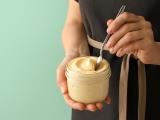
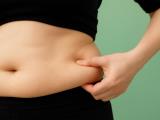

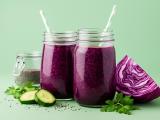

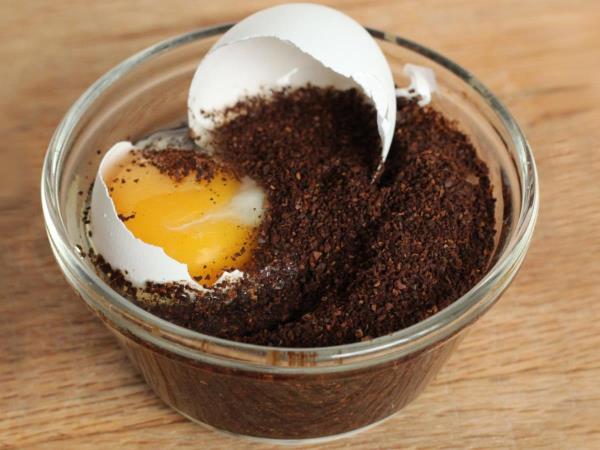
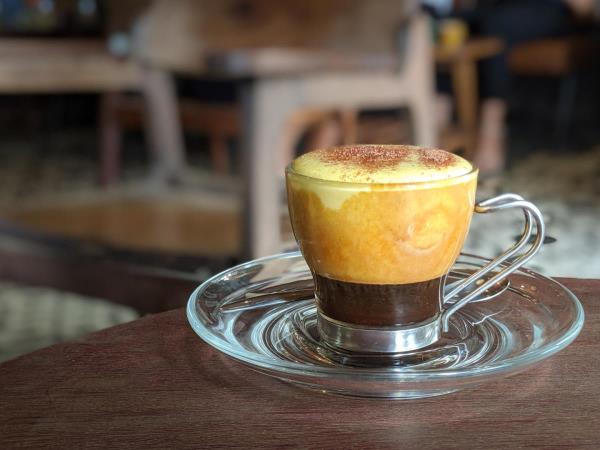
 Would you like to be informed about news on the website?
Would you like to be informed about news on the website?

